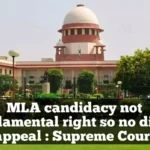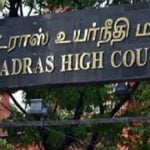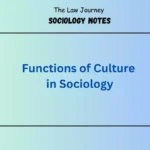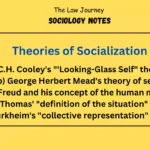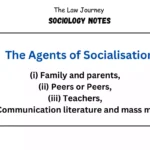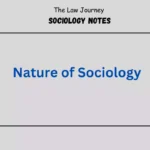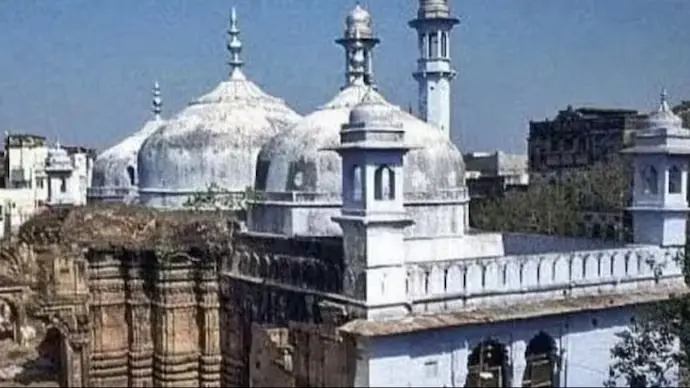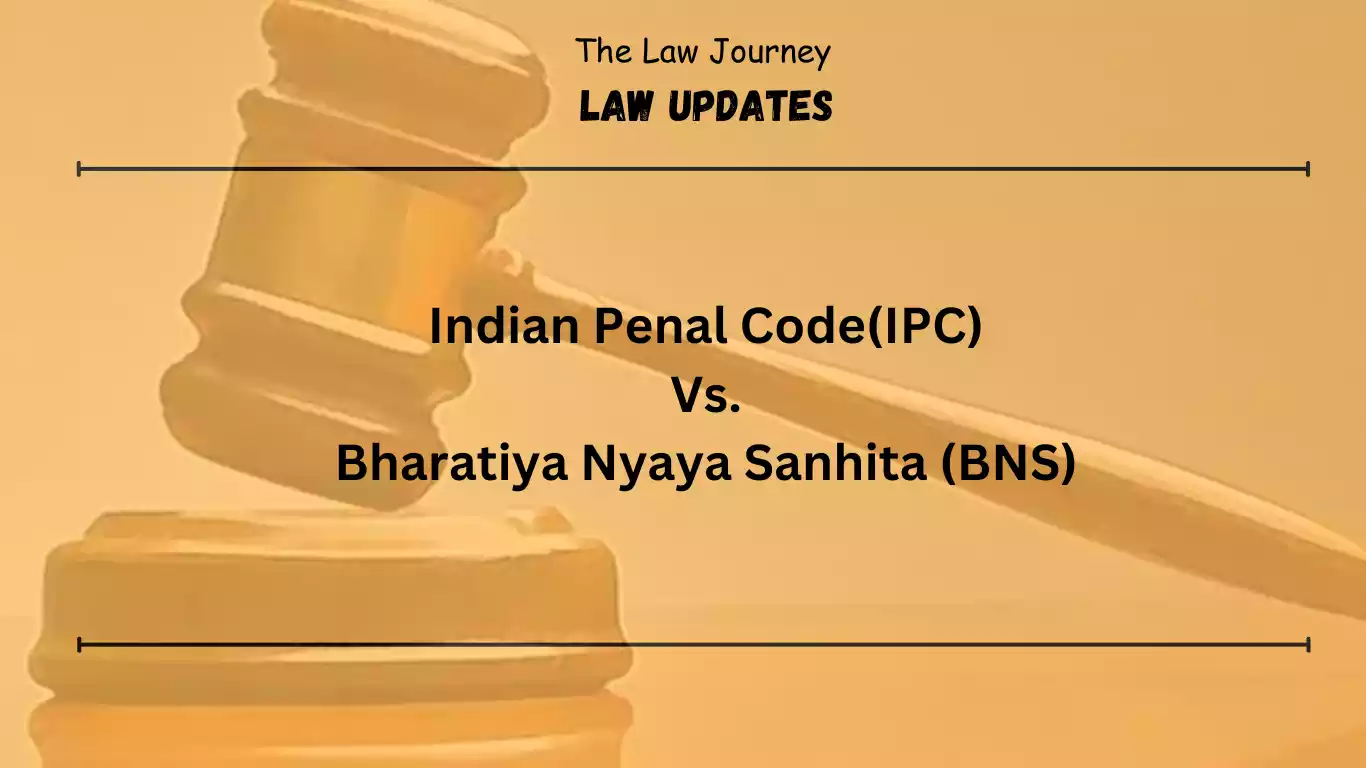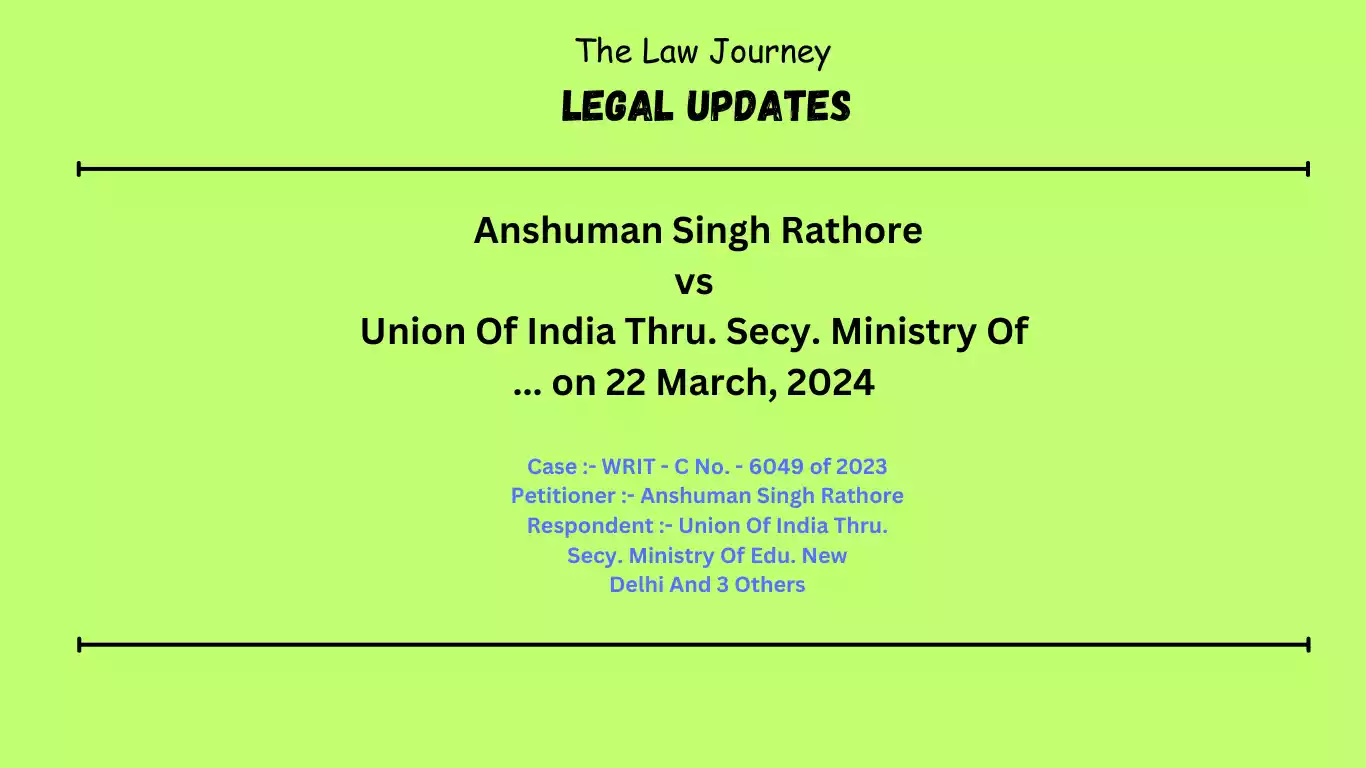Gyanwapi Mosque Case – The Gyanwapi Mosque is located in the sacred city of Varanasi which has recently become a focal point of controversy due to the discovery of Hindu sculptures beneath its structure. This revelation has sparked heated debates, not only regarding the historical and cultural significance of the findings but also concerning the legal complexities surrounding the site.
Historical Context Gyanwapi Mosque Case
The Gyanwapi Mosque has a rich history dating back to the 17th century when it was constructed by the Mughal Emperor Aurangzeb on the site of the Kashi Vishwanath Temple. The temple which was one of the holiest shrines in Hinduism, was partially destroyed to make way for the mosque. The recent discovery of Hindu sculptures beneath the mosque has brought into question the extent of the ancient temple’s destruction and the potential erasure of Hindu heritage.
Archaeological Findings in Gyanwapi Mosque Case
Archaeological excavations beneath the Gyanwapi Mosque have unveiled intricately carved Hindu sculptures, raising questions about the existence and architectural splendor of the original Kashi Vishwanath Temple. These artifacts offer a glimpse into the rich artistic and religious heritage that may have been buried beneath the mosque for centuries.
Legal Complications in Gyanwapi Mosque Case
The legal complications surrounding the Gyanwapi Mosque and the newly discovered Hindu sculptures are multi faceted. One key issue revolves around the ownership and rights to the archaeological findings.
Hindu groups argue that the artifacts belong to their cultural and religious heritage, while the mosque’s custodians claim historical precedence over the site.The question of religious freedom also plays a crucial role in the legal discourse.
Protecting the religious sentiments of both Hindus and Muslims becomes a delicate balancing act, with authorities aiming to maintain communal harmony while addressing the demands of each community. Additionally, the legal framework governing heritage preservation and archaeological sites adds another layer of complexity.
Determining whether the mosque should be subjected to further archaeological exploration, or if any alterations to the existing structure are permissible, requires a careful examination of existing laws and regulations.
Way Forward
Resolving the legal complications surrounding the Gyanwapi Mosque requires a nuanced and collaborative approach. Engaging in open dialogue between Hindu and Muslim communities, archaeologists, legal experts, and governmental authorities is crucial to finding a balanced solution that respects religious sentiments while preserving historical artifacts.
Conclusion
The discovery of Hindu sculptures beneath the Gyanwapi Mosque has thrust the site into a maelstrom of historical, cultural, and legal debates. Striking a balance between the rights of different religious communities, preserving cultural heritage, and adhering to legal frameworks is essential for a peaceful resolution to this intricate and sensitive issue.



